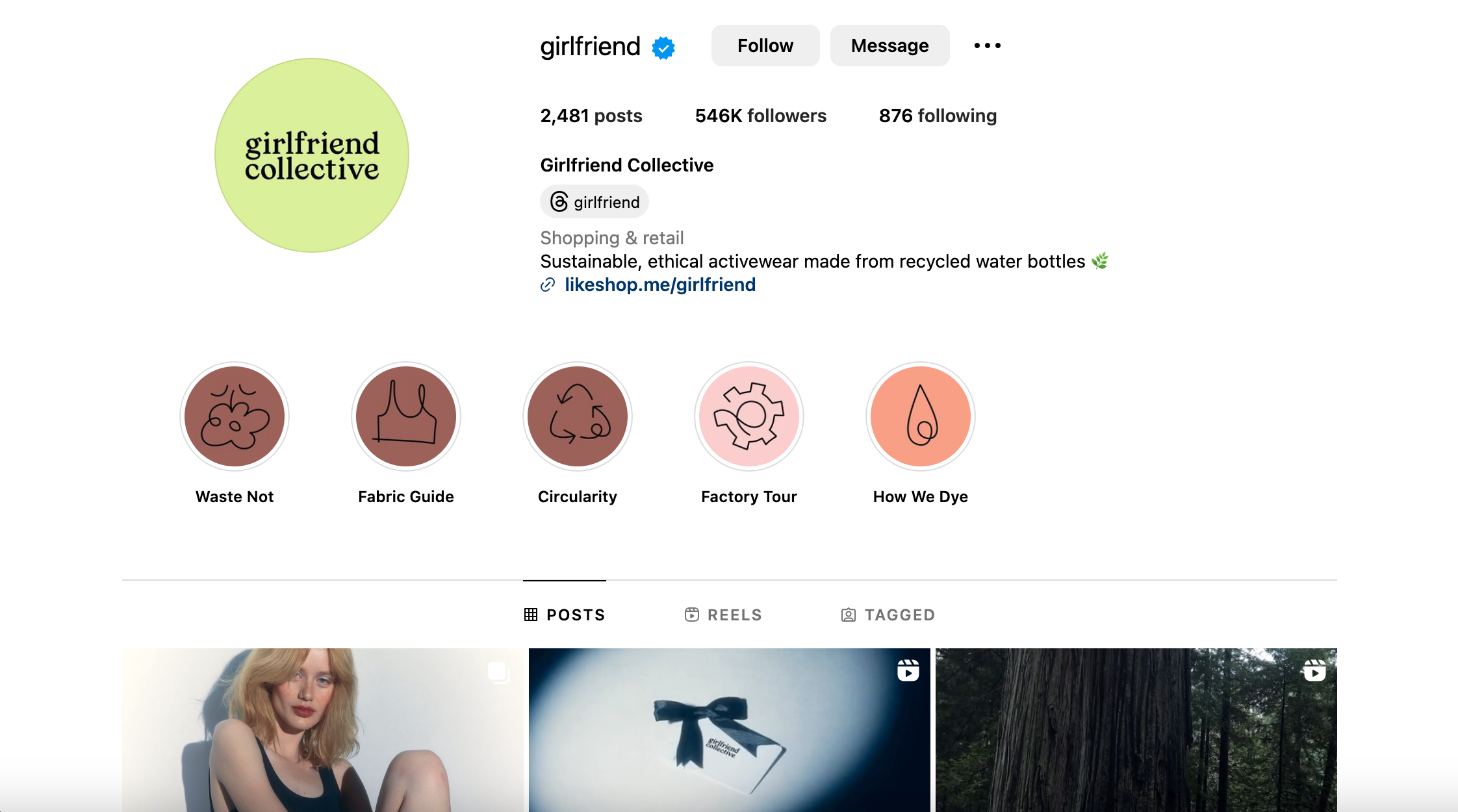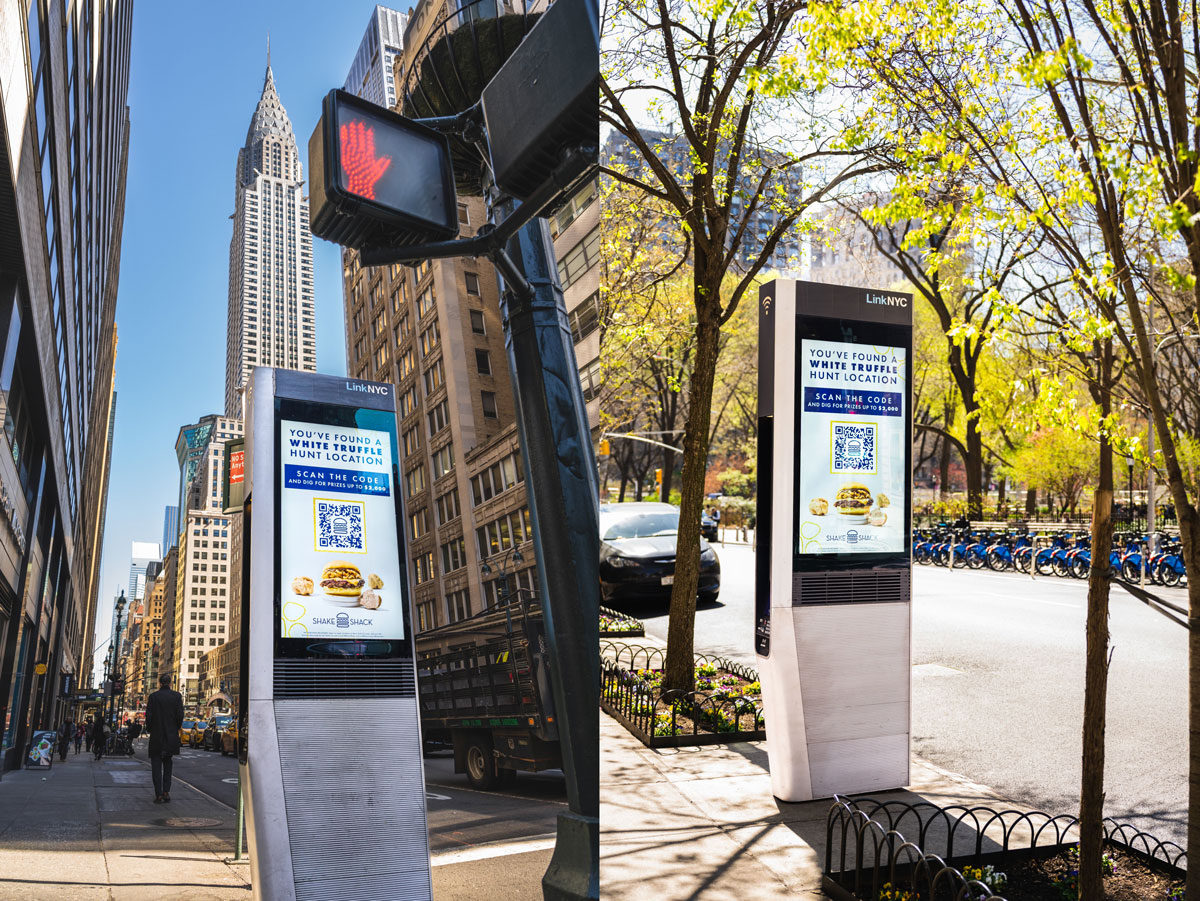Brand engagement
What is brand engagement?
Brand engagement refers to the creation of attachments between consumers and brands. These attachments may be emotional or rational, and ideally, they produce brand loyalty over time. This solidifies the brand and helps to improve the customer experience.
Two types of brand engagement exist:
- Internal brand engagement occurs between employees or other close stakeholders and a brand.
- External brand engagement occurs between public consumers and a brand, also known as brand awareness.
Brand engagement sits one step above brand interaction, which occurs whenever a customer takes an action such as following the brand on social media, signing up for a webinar, or adding a product to their cart.
Dissecting internal vs external brand engagement
There are two types of brand engagement. Each affects your company and brand differently, but both are important to drive a coherent, truthful brand story.
Internal brand engagement
Have you ever participated in a company event, received corporate swag, or done "team-building" exercises?
Those were all mechanisms of internal brand engagement.
Brand engagement isn’t just about marketing to potential customers; for brands to succeed, they need to pursue their marketing efforts inside their company, too.
Internal brand engagement refers to the attachment that employees, investors, partners, suppliers, intermediaries, or other stakeholders have with a brand. It goes hand in hand with the development of a company's culture and helps keep all parties aligned with the stated mission or business goals.
When your brand is well-developed, it manifests throughout your company and delivers many benefits. Internal brand engagement:
- Improves employee performance and retention
- Produces a cohesive company culture
- Keeps the organization focused on goals or values
- Builds community
- Develops the company's narrative
These aren’t just important to your teams and your company. Public perception of your brand, which includes whether it’s a great place to work, is an important component of brand experiences.
External brand engagement
External brand engagement is what most people think of when they hear the phrase brand engagement. It involves the interactions that your customers have with your brand which foster emotional attachment and loyalty.
As people come into contact with your brand, they engage with your brand in places called "touchpoints." These are simply opportunities for interaction. Some common touchpoints include your brand's:
- Website
- Social media presence
- Physical store
- Advertisements in public
- Online reviews
- Word-of-mouth from others
As marketers, we identify these touchpoints and look for opportunities to strengthen customer relationships by creating a user journey map. Brand engagement happens when you configure touchpoints to enhance your customers' interaction with your brand.
How to measure brand engagement
Measuring your brand engagement across all touch points is how you make smarter decisions and revisions to your brand strategy. But what are the best metrics to measure?
There are some great leading indicators that your brand strategy is leading to customer loyalty. They include:
- Growth in branded keyword searches: Are customers stumbling across you or directly searching for you? An increase in both results signals growth, but the direct search for your brand or product signals that your overall strategy is headed in the right direction for both customer loyalty and customer satisfaction.
- Increase in referral traffic: Whether they arrive through a review site, content creators, a refer-a-friend scheme, an increase in this type of traffic means your brand engagement is adding to your company’s bottom line. Plus, referrals are 18% more loyal, spend 13% more, and have a 16% greater lifetime value than other customer types.
- Stable or growing employee engagement: Employee engagement is typically managed by your HR or People Operations teams. They consistently track metrics like turnover, retention, absenteeism, promotions, and more. Why does their data matter so much to brand marketers? Back in 2019, Glassdoor found that just a one-point increase in employee experience scores can lead to a 1.3 increase in your customer satisfaction scores.
Examples of brand engagement in action
There are many opportunities for brand engagement, but here are the most common tactics marketers use on the path to building brand loyalty:
Social media marketing
Some 90 percent of people buy from companies that they also follow on social media. This makes it one of the best places to launch brand engagement campaigns to attract and keep your audience, particularly now that you can shop directly on Instagram, TikTok, Snap, and Facebook.
Any social media platform (even LinkedIn)can be used to improve brand engagement. Consider trying one or more of the following brand engagement tactics:
- Giveaways and promos
- Unique hashtags to collect user-generated content
- Posting questions, quizzes, or things that evoke discussion
The best thing about social media brand engagement is that with a crystal clear brand message and a creative vision, you can absolutely breakthrough.
Girlfriend Collective, an athleisure brand, is a great example of the opportunity these channels offer. Although the newer entry to the market competes with behemoths like Nike and brands with hardcore fan bases like Lululemon, Girlfriend Collective broke through and is now one of the most popular fitness brands on TikTok.
A few of the tactics that propelled them to success:
- Taking the leap with a free leggings campaign that meant early adopters only had to pay for shipping (an early gamble with a huge pay-out)
- Building a marketplace for buying and selling pre-worn styles
- Sharing trustworthy, educational content that their target market re-posted

Creator marketing
How did you find the last five brands you discovered? There’s a good chance at least one of them was recommended to you by a content creator or an influencer.
Creator marketing is even bigger than you could possibly imagine. Some quick stats:
- Global influencer market size reached $21B in 2023
- 162M amateur content creators currently in action
- 46.7% of them identify as full-time content creators
Content creators (the right ones) can become the focal point of online brand communities, doing the heavy lifting both in production and in engaging with a customer base.
While some of creator marketing means allocating marketing budget for influencers and those content creators with a personal reach, you can’t neglect those amateur creators who love a creative prompt.
Not convinced? UK fashion retailer FLANNELS’ “The Party Never Stops” campaign generated £3.68M in sales and generated an 18X return on their ad spend.
How did they do it? Using a combination of paid and creator marketing, FLANNELS tasked TikTok-first creators with a combined 3 million follows to produce two videos each using the 15 photos trend with the second video linking to the FLANNELS brand account.
Discount codes and vouchers
Everyone loves saving money. Discounts, coupons, and vouchers are an easy way to make customers happy to shop with you and increase customer engagement.
Some research shows that customers feel more loyal to brands that readily give out discounts. That's because coupons and discounts suggest consideration for the customer's best interest rather than just your bottom line. Opportunities for discounts or coupons include:
- When signing up for a newsletter or loyalty program or creating a questionnaire
- Birthdays, anniversaries, or special days
- Upon reaching a certain spending threshold
Interactive advertisements
We're used to thinking of advertisements one-sided communication, but they don't have to be. From clever ads that encourage viewers to perform an activity to interactive displays that keep content dynamic, you have the opportunity to encourage brand engagement even on the very first touch.
Signage, ads, and similar materials can all become vehicles of brand engagement in a few simple but clever ways. Consider:
- Creating quizzes that capture minds and curiosity.
- Inviting viewers to participate in a scavenger hunt that leads them to a physical store.
- Evoking a strong reaction such as laughter or anger to form an emotional attachment.
For an example of interactivity at scale, look no further than Shake Shack’s New York truffle hunt campaign from April 2023.
An immersive out-of-home (OOH) campaign led Shake Shack lovers on a scavanger hunt across New York City. With 500 digital white truffle billboards acround the city, a quick scan of the QR code generated promo codes and even the chance to win $2,000.

Live events
Leveraged correctly, live events can dramatically improve brand engagement. Not only do they create a sense of exclusivity by requiring people to be in a certain place at a certain time, but live events are a great way to form a human connection with your customers. Some 77 percent of marketers still use them as a core of their digital marketing strategy for just this reason.
In 2021, live events don't need to mean physical events — though they can. Virtual events not only reflect a commitment to social responsibility but are a great way to improve your brand's reach beyond what's possible in your locale. Some examples of live events that drive brand engagement include:
- Webinars or web conferences
- Auctions, dinners, or charity fundraisers
- Live demos or real-time online shopping in a store — especially those that are human-guided
5 best practices for improving brand engagement
Brand engagement is an important part of brand management. Getting it right means growing your brand, reaching new audiences, and delivering better experiences to your employees or customers.
However, there are a few things you need to do. Make sure to:
- Map the customer or employee journey. Having a clear understanding of the journey your users take when embarking on your brand will help you optimize it. You'll also spot touchpoints, some of which may be unique to your business.
- Identify your metrics ahead of time. Know what you need to track to measure success and have an engagement strategy in place to collect this data.
- Observe behaviors in real time. By emphasizing real-time observation, you'll remain sensitive to changing market or consumer demands. This will help you optimize the experience faster.
- Personalize as much as possible. Did you know that 80 percent of customers want a personalized shopping experience? Personalization also increases employee engagement by as much as 30 percent.
- Improve your internal and external brand engagement together. Don't focus on one and forget the other. A successful brand is attractive to work for and engaged employees will help make your brand successful.

